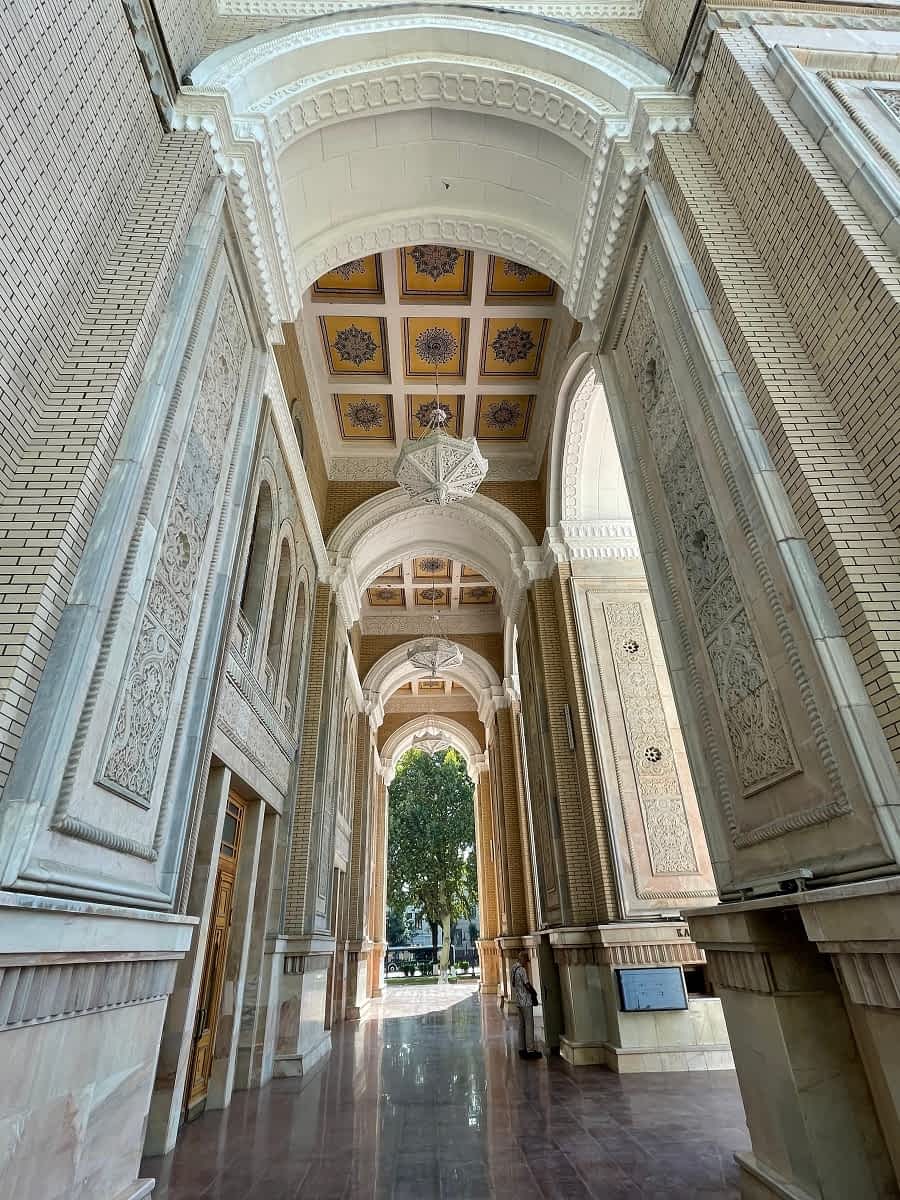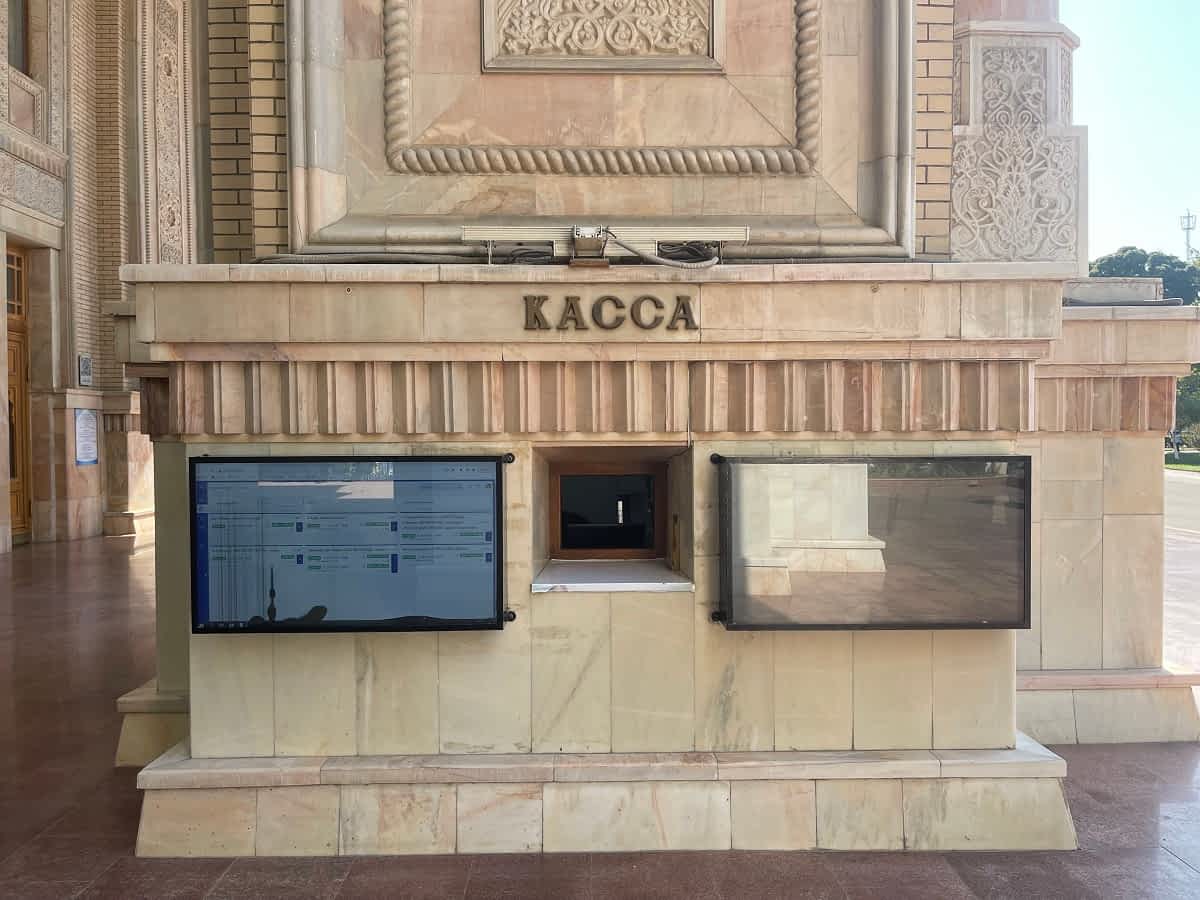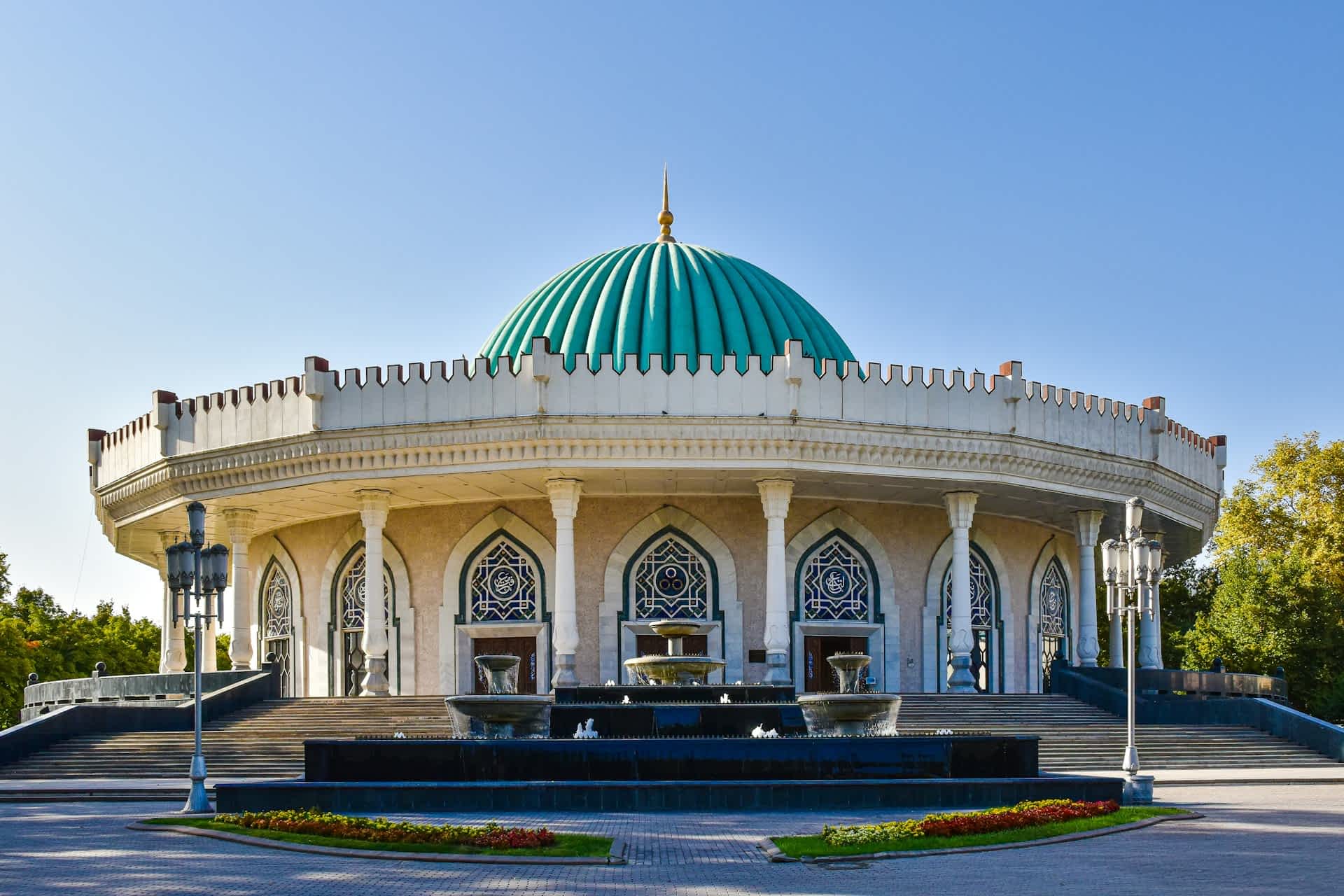The State Academic Bolshoi Opera and Ballet Theatre named after Alisher Navoi is a cornerstone of Tashkent's cultural heritage. Esteemed as the leading theatre in the country, it holds a prominent place in the musical and theatrical world. This institution boasts a rich history spanning nearly a century, a history that underpins its renowned global reputation.
The roots of this prestigious theatre can be traced back to the mid-1920s when Mukhiddin Kari-Yakubov, a passionate advocate for national culture and theatrical arts, founded the Concert and Ethnographic Ensemble.
This ensemble, comprising young, talented artists discovered across Uzbekistan, formed the foundation of what would become a national academic theatre group. Prominent figures such as Tamara Khanum, Halima Nasyrova, and Mukhtar Ashrafi were among the early members, contributing to the ensemble's initial success and acclaim.
In November 1929, the State Uzbek Musical Theatre was officially established, incorporating various art forms, including choreography, vocal, and drama. Kari-Yakubov served as the first director, and under his leadership, the theatre gained international recognition, performing in countries such as Belgium, France, and Egypt. The theatre's national identity and artistic excellence captivated audiences worldwide.

The 1930s marked significant milestones with the production of the first Uzbek opera, "Buran" by M. Ashrafi and S. Vasilenko, in 1939. Directed by Emil Yungvald-Khilkevich, this opera was a cultural landmark, showcasing the talent of artists like Karim Zakirov and Mikhail Davydov. The same year saw the creation of the ballet "Shahid" by Friedrich Tal, further cementing the theatre's reputation in the performing arts.
Throughout the 1940s, the theatre continued to thrive, with notable productions such as "Leyli and Mejnun" by Tolibjon Sadykov and Reingold Gliere, and "Ulugbek" by Alexey Kozlovsky. The ballet "Ak Bilyak" by Sergei Vasilenko in 1943 marked another pivotal moment in the development of Uzbek choreography.
In 1948, the theatre was named after the illustrious Uzbek poet Alisher Navoi, and in 1959, it was awarded the title of "Academic". The 1950s and 1960s saw the theatre's repertoire expand with new operas and ballets, including "Gulsara" by R. Gliere and T. Sadykov and "The Dream" by I. Akbarov. The theatre also achieved significant artistic growth, attracting talented soloists and artists who would leave a lasting impact on Uzbek musical culture.

The 1960s and 1970s were characterized by an increased emphasis on directing and scenography, leading to diverse and innovative performances such as "Troubadour" and "Aida" by G. Verdi, and "Spartak" by A. Khachaturyan. This era also introduced new opera singers and ballet dancers who became prominent figures in the theatre's history.
In the 1990s, following Uzbekistan's independence, the theatre entered a new phase of international collaboration, hosting the First International Ballet Festival "Pas de deux" and working with renowned conductors and directors from around the world. The repertoire expanded to include classics like "Romeo and Juliet" by S. Prokofiev and "The Magic Flute" by V.-A. Mozart, as well as original national works.
Significant contributions were made by choreographers like Ibrahim Yusupov and Galiya Izmaylova, who brought dynamic and expressive performances to the stage. The theatre's ballet troupe toured extensively, sharing Uzbek culture with international audiences.
In 2005, the theatre saw the premiere of the national ballet "Humo", which went on to win the State Prize of Uzbekistan. The theatre underwent a significant reconstruction, completed in 2015, which revitalized its infrastructure and ushered in a new era of innovative productions, including "Sadokat" by R. Abdullayev and "Tomiris" by U. Musayev.
| Category: | Culture |
|---|---|
| Address: | 28, Zarafshon Street, 100029 |
| Phone: | +998-712-333-528 |
Tashkent Tours
Interested in being shown around Tashkent by a friendly and knowledgeable local guide?

We offer some of the most affordable tours in Tashkent, led by professional and experienced guides.
Our tours include:
- City walking tours exploring Tashkent’s history, culture, and architecture
- Day trips from Tashkent to Samarkand and other cities of interest
- Scenic mountain tours to Chimgan, Charvak, and beyond
Whether you’re looking to explore Tashkent’s rich urban history or escape to the countryside, we provide some of the best value-for-money experiences in the city.